Overview
According to The Anxiety and Depression Association of America as many as 40 million adults have anxiety in United States and only one third of those experiencing anxiety receive treatment. Currently there are multiple applications targeted towards individuals that suffer from anxiety, but the majority of them are self help applications. Chill Chat is a mock project, that I collaborated on with three other students. The purpose of Chill Chat is to help people cope with anxiety through anonymous social interactions. While the project was not meant to be published, we approached the project like it was real with actual research and a high fidelity prototype. From our research we were able to validate the need for our idea as well as define exactly what our target user's goals and needs were.
Why?
An anonymous chat application allows individuals with anxiety to socialize and be more open about problems that they otherwise might not be able to in face-to-face situations.
My Role
- Research
- Low Fidelity Prototyping
- High Fidelity Prototyping
- User Testing
Interviews
We conducted a total of twelve interviews with individuals diagnosed with anxiety. From the data gathered through the interviews we mapped out where each of our subjects fell on the scale of four categories. The map makes it easier to visualize behavioral patterns among potential users. For the sake of legibility I just included six of our subjects on the map below:
Personas
After we finished mapping the subjects we looked for repeat patterns between the subjects and used those to establish three personas; Jamie, Erica and Christine. Underneath you'll find a brief summery of the three personas:
Jamie
Jamie suffers from general anxiety. He's using personal methods to cope with it, such as talking with friends. He's an avid internet user who is familiar with social media. Social situations are fine with him, but more so with people he knows.
Erica
Erica has acute social anxiety. She's using professional methods such as therapists and medications to cope. Her online usage is strong and she is most comfortable interacting online. She is fearful of social situations and require an exit if she must attend one, and it has preferably with people she knows.
Christine
Christine suffers from panic attacks which prevents her from performing certain tasks. She's using professional methods such as therapy to cope and require medicine to deal with emergency panic attacks. She's usually very comfortable with online interactions online users/games. An exit in social situations is mandatory.
Low Fidelity Prototype
The next step in our design process was to use the personas and details from our interviews to begin prototyping. Our first prototype was a simple sitemap that showed the flow of our application.
Continuing on the low fidelity prototype we created another pen prototype after receiving feedback from user testing.
Once again we ran user tests to see how users would potentially interact with our application. From our test results we decided to trim down on the on-boarding process as none of our testers found it problematic to understand how to use the application.
High fidelity Prototype
Based on the sitemap and low fidelity prototyping and user testing we started the Hi fidelity Prototype fairly soon as we wanted to be able to do as much user testing as possible before our final prototype had to be delivered.


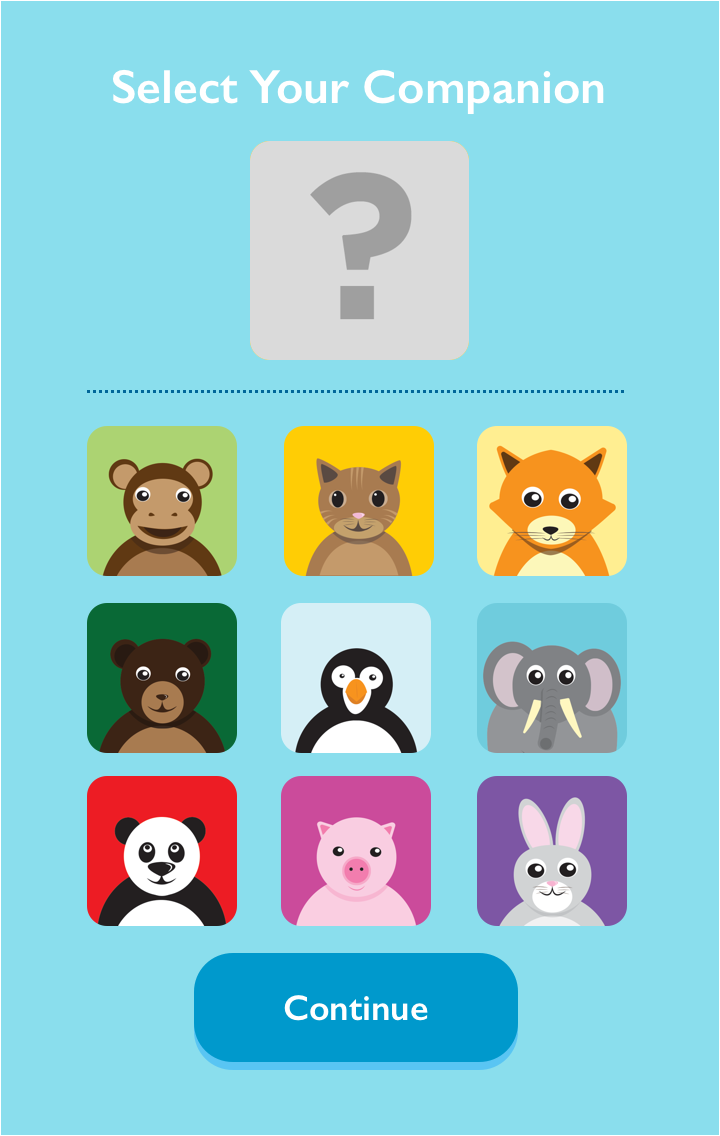

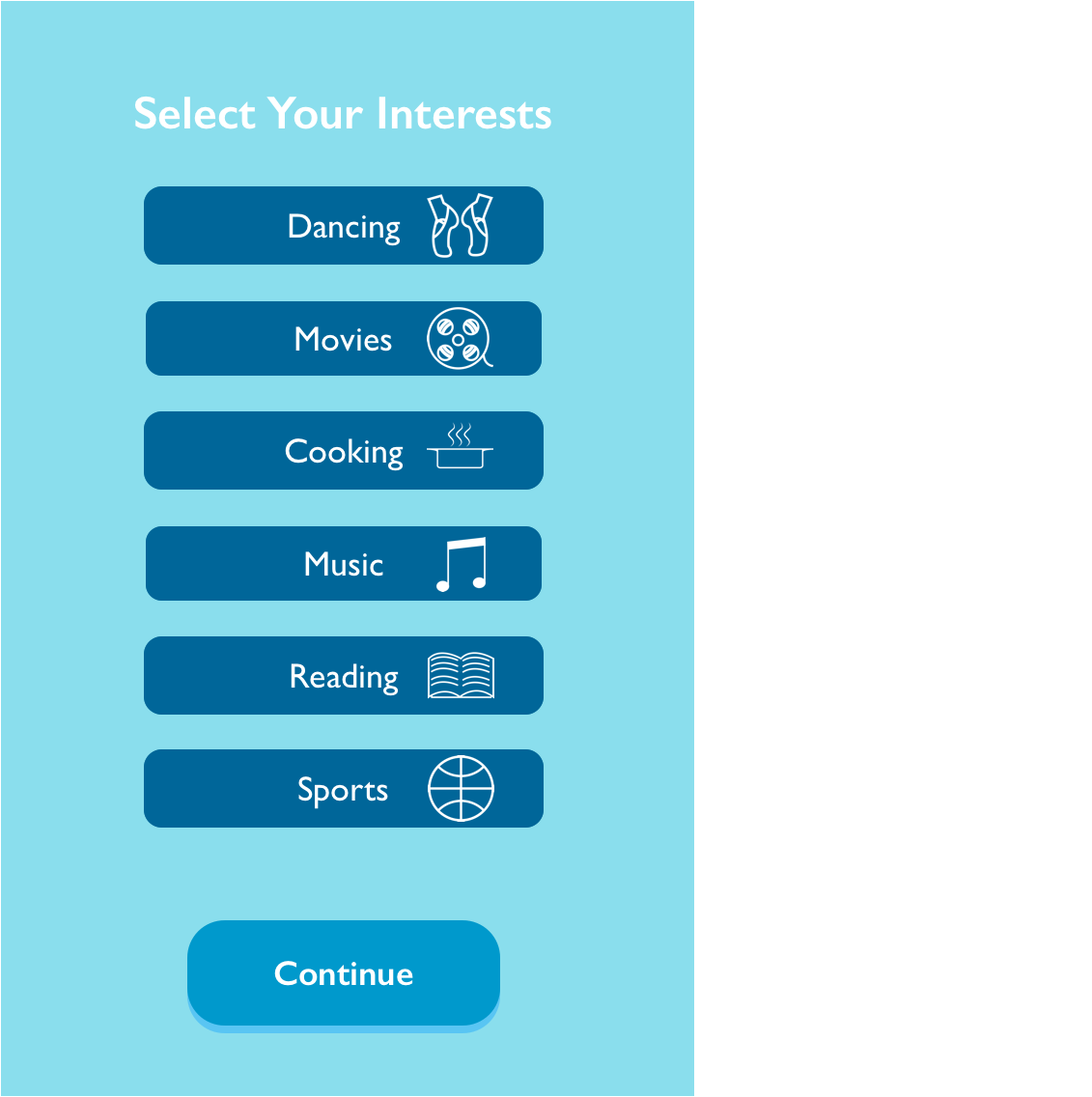
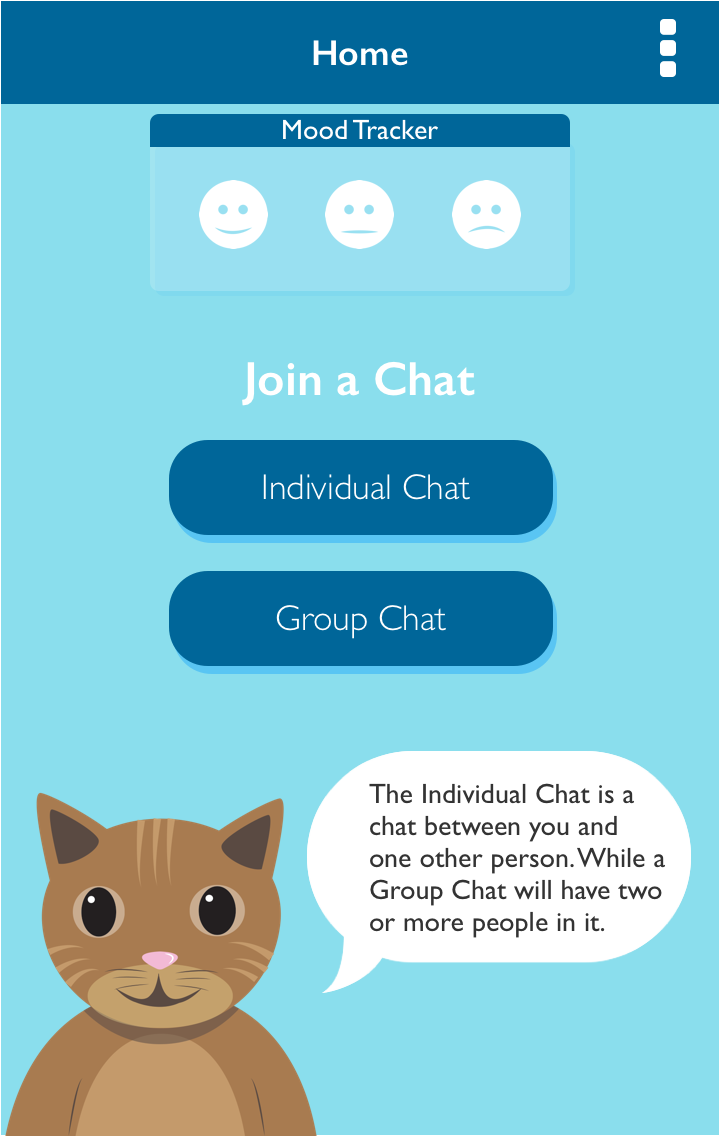
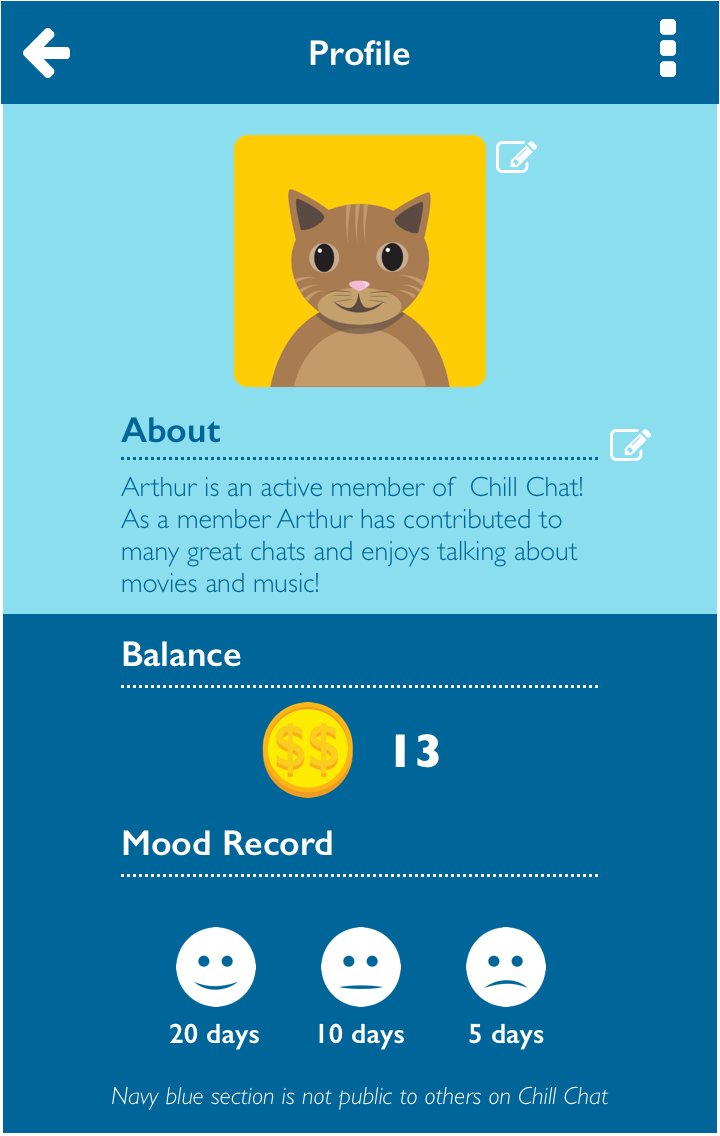
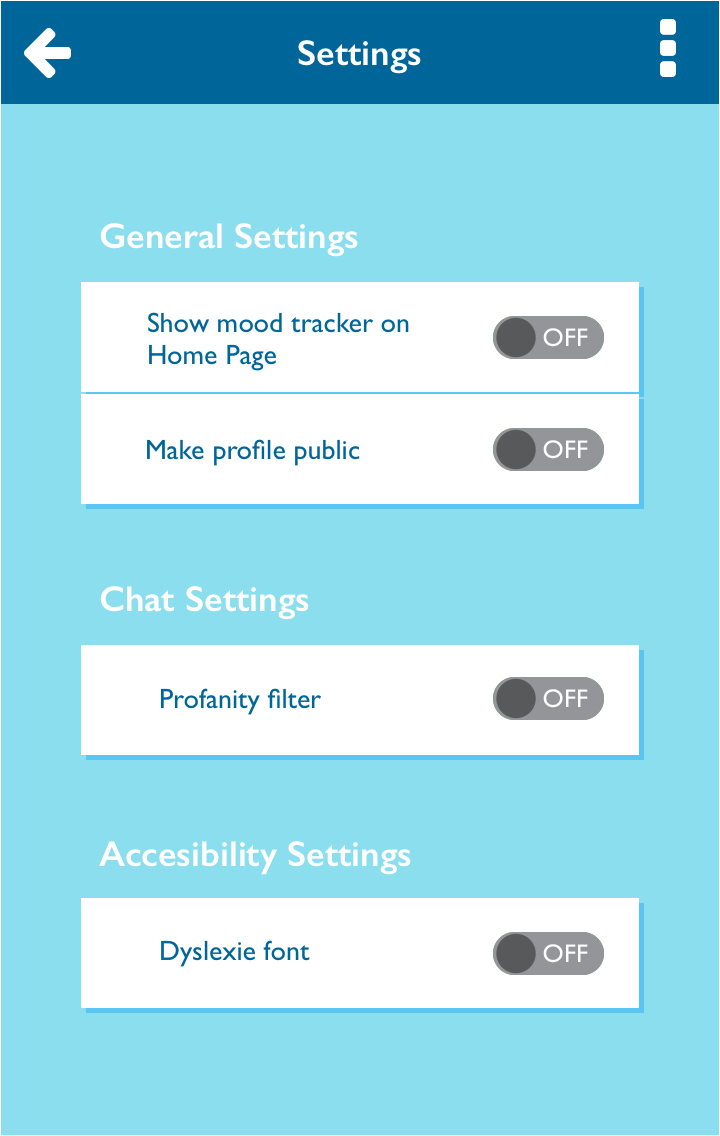
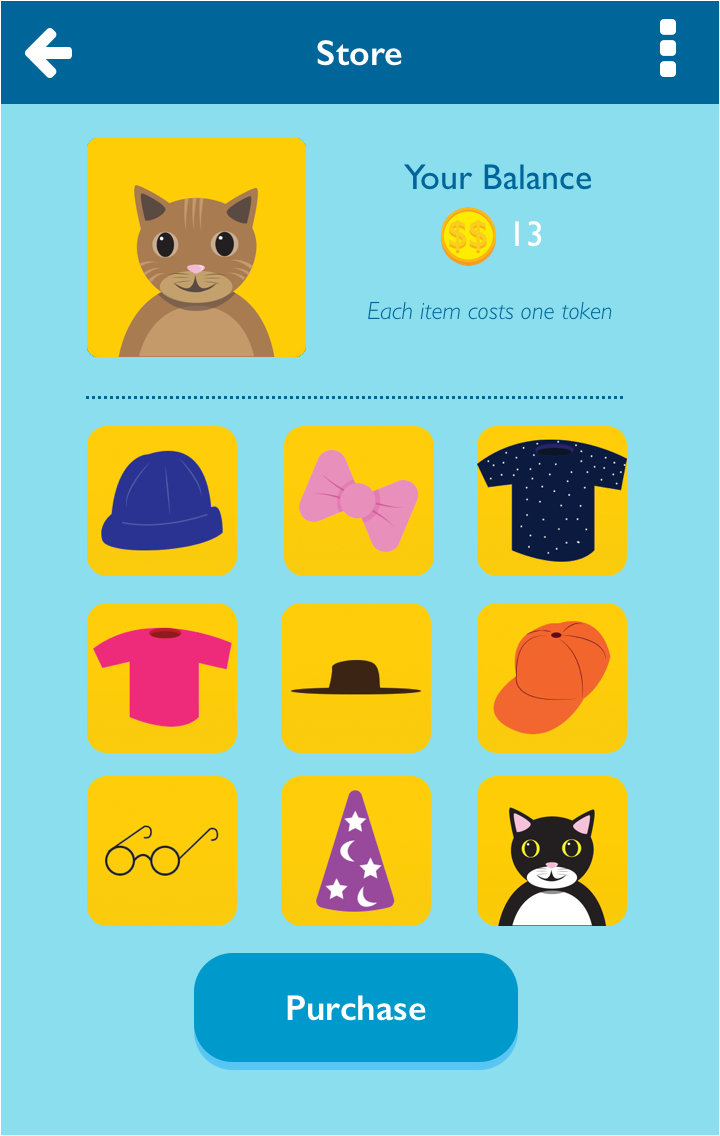

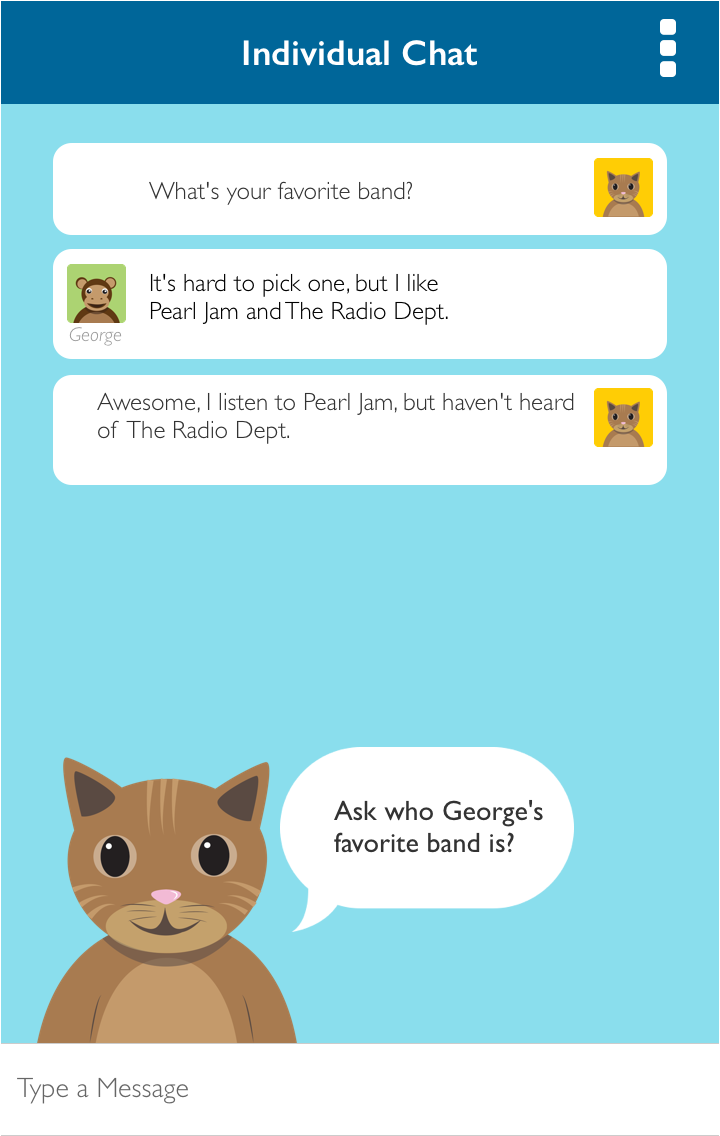
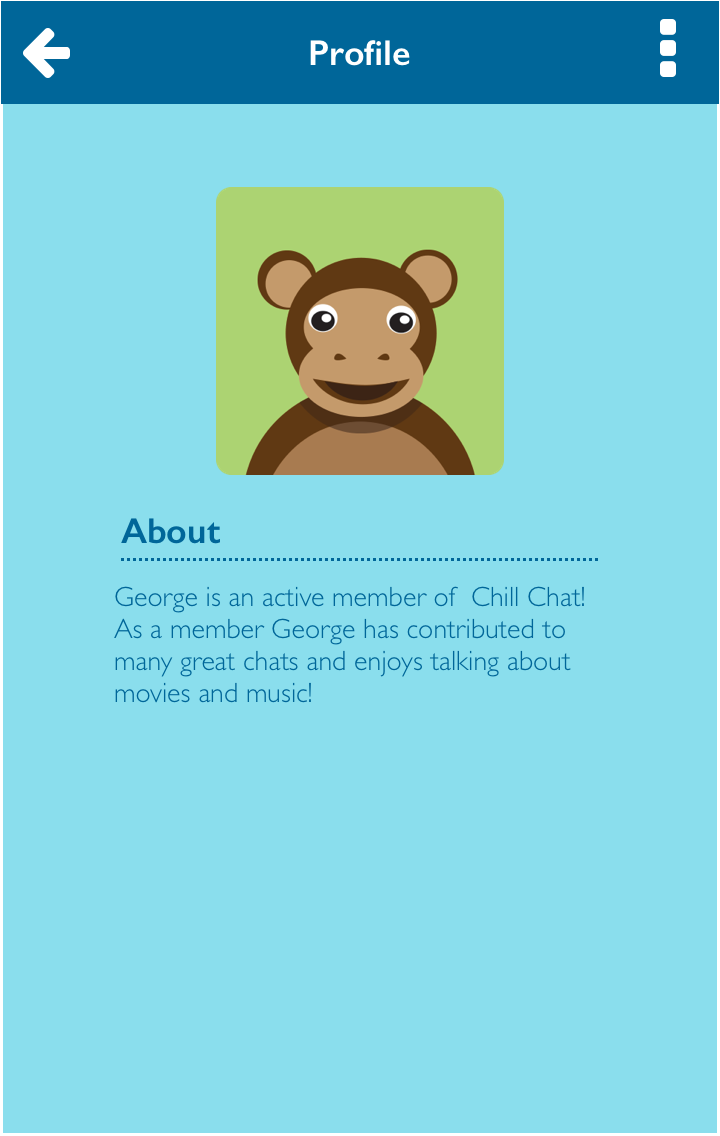

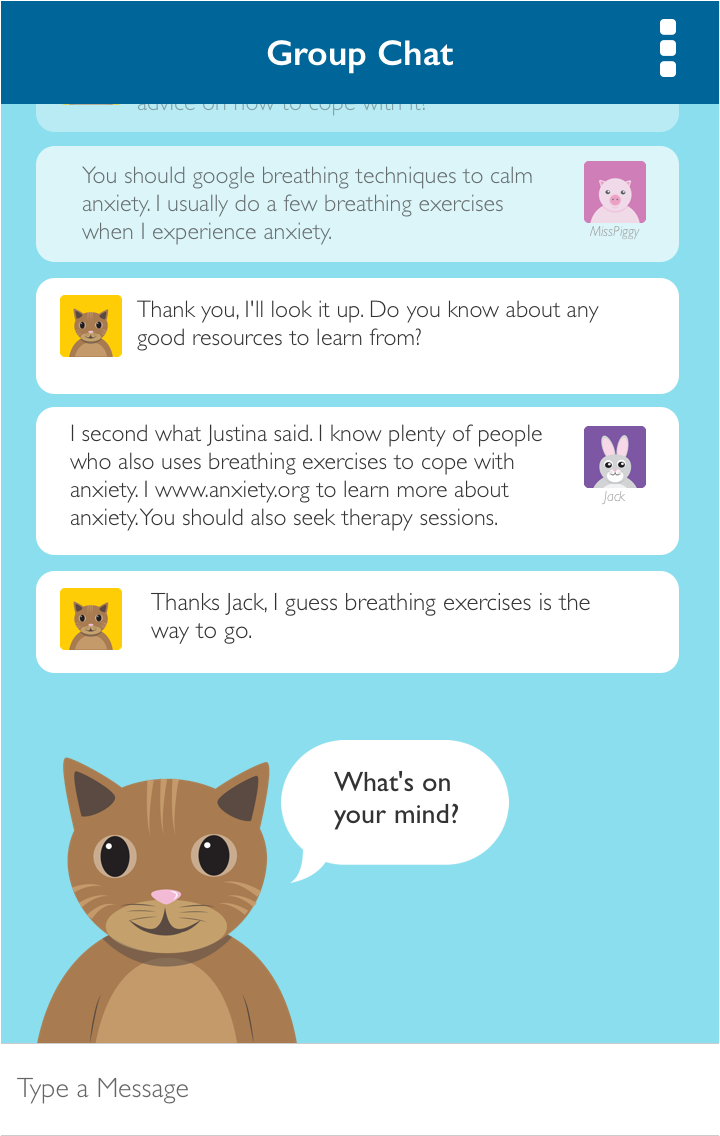
Conclusion
Even with the limitations that were set by our project timeline we managed to work ahead of deadlines in order to afford more time to test, this resulted in a well designed application with the user's needs and goals in mind. If we would have had more time our project would probably have gone through more tests and iterations.